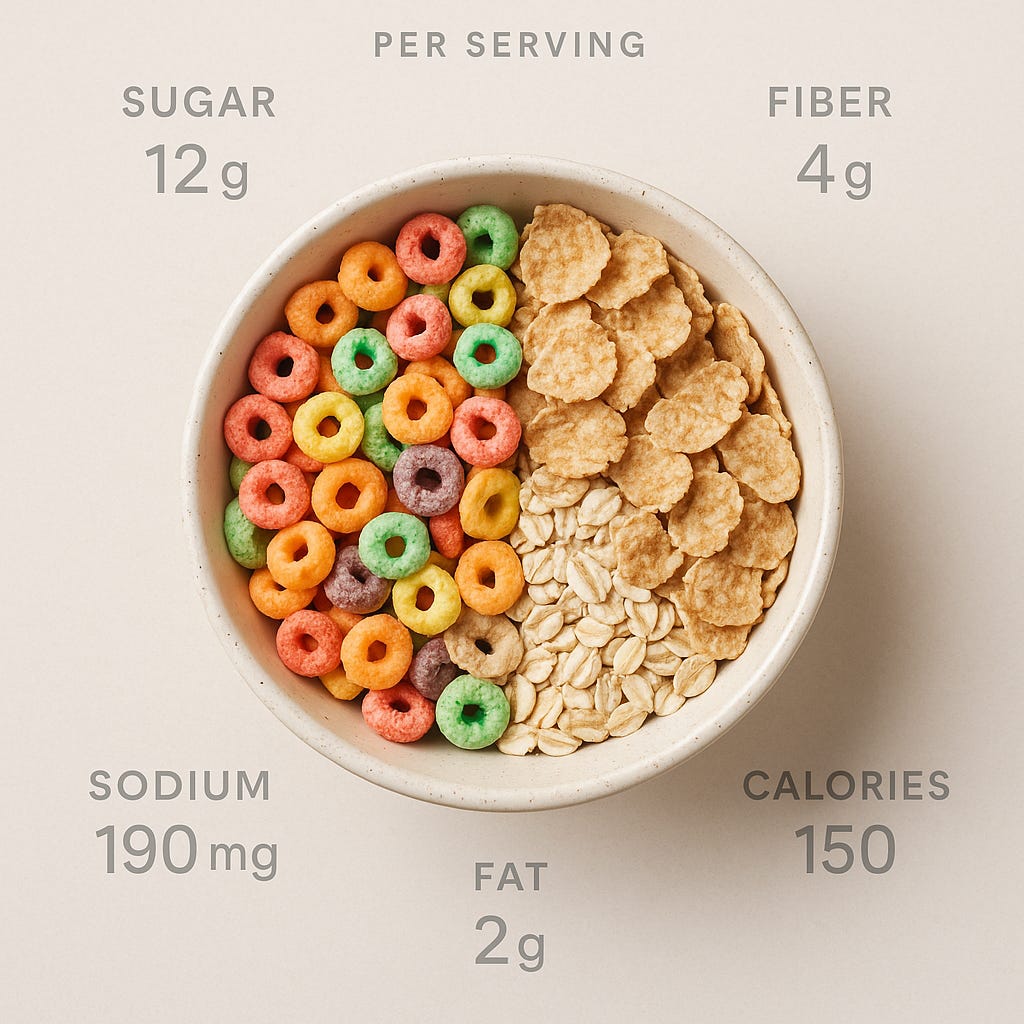Children’s Cereals Increasingly Unhealthy Amid Rising Sugar Levels
New study highlights concerning nutritional trends in children's breakfast cereals from 2010 to 2023
Topline:
Recent analysis of children's ready-to-eat cereals reveals significant increases in fat, sodium, and sugar content alongside decreases in protein and dietary fiber, highlighting potential health risks for children.
Study Details:
Ready-to-eat (RTE) cereals are a staple breakfast item for many children in the US, significantly influencing their d…
Keep reading with a 7-day free trial
Subscribe to Just Healthcare to keep reading this post and get 7 days of free access to the full post archives.


